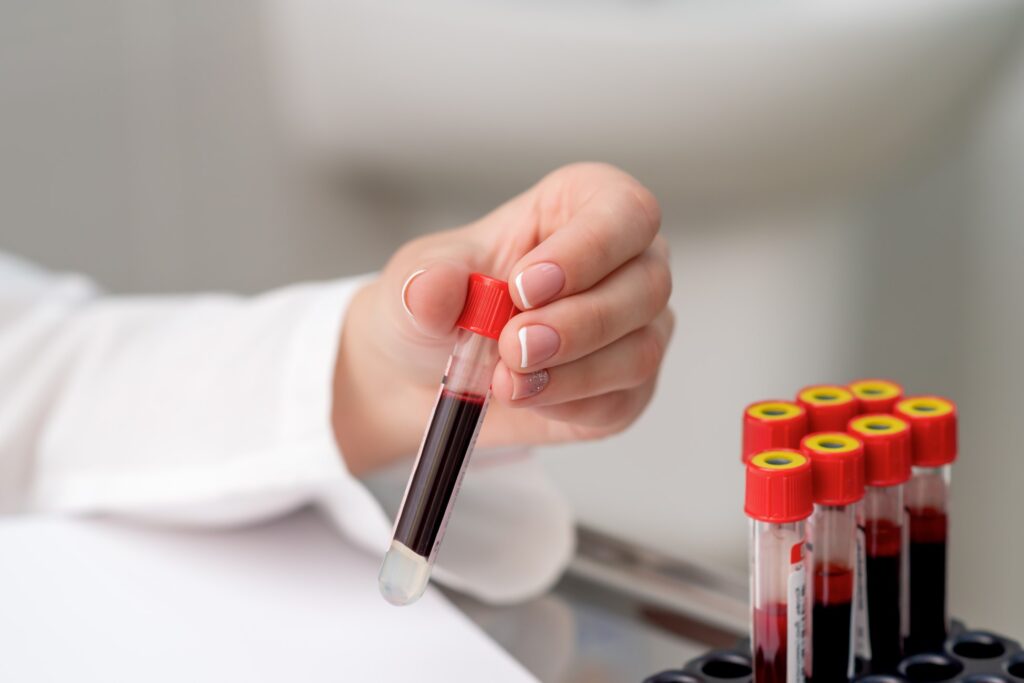In the world of medical tests, the erythrocyte sedimentation rate (ESR) holds significant importance. It often pops up during discussions about diagnosing health conditions. But what exactly does it do? Well, the ESR is a simple test used by doctors to spot inflammation in the body. It’s a helpful tool in medical diagnostics, as it can indicate underlying problems even if specific symptoms are not apparent.
This guide aims to demystify ESR, offering clear insights into understanding its levels and what they mean for your health. Knowing this can be beneficial because it puts you in a stronger position to interpret health information and set the foundation for meaningful conversations with healthcare providers.
Understanding ESR Levels and Their Importance
What can the erythrocyte sedimentation rate test reveal? It’s known to reflect inflammation—an important indicator of various conditions. Surprisingly, many myths are associated with ESR. Some think that only high levels point to problems, which is not entirely true. The normal value of ESR can vary, largely depending on individual factors like age and gender.
Let’s look at what elevated levels mean. An elevated ESR meaning could signal the presence of inflammatory diseases such as rheumatoid arthritis or even temporary infections. ESR can also aid in diagnosing chronic conditions. For instance, if someone experiences persistent joint pain without a confirmed diagnosis, an ESR test might show underlying arthritis.
Knowing about ESR levels can help debunk misconceptions. Many think only acute conditions are flagged by high ESR, but chronic conditions often show this too. Understanding this can help you not only in managing your health but also in making informed decisions based on test results.
ESR in Diagnosing Inflammation and Chronic Conditions
Routine health check-ups frequently include the erythrocyte sedimentation rate test. Over time, this test becomes pivotal for early disease identification. Imagine catching inflammation before it severely impacts daily life. It’s an early warning system of sorts, nudging you to take proactive health measures.
Does ESR work alone? Not usually. It’s often coupled with other tests like the C-reactive protein (CRP) test. ESR and CRP together provide a comprehensive view of inflammation levels, assisting doctors in making accurate diagnoses. When a person reports prolonged symptoms, comparing results from both tests becomes incredibly useful.
Consider a case where a patient complaining of fatigue learns about high ESR levels. Through further testing, chronic fatigue syndrome could be diagnosed. Here, ESR played a key role by highlighting inflammation. While every case varies, this example illustrates its practical utility.
ESR Beyond Diagnosis: The Preventive Aspect
Once you know about erythrocyte sedimentation rate testing in diagnostics, consider its preventive power. Regular ESR checks become part of a holistic healthcare regime. It supports proactive lifestyle changes, encouraging healthier living from the ground up.
Imagine matched health plans based on your consistent ESR readings. This personalized touch not only ensures early problem detection but also motivates small, incremental health adjustments. Monitoring ESR over time fosters a proactive approach to health, leading to improved well-being and peace of mind.
The Horizon: Advancements and Research in ESR Testing
Where is ESR testing headed? Recent methodologies have refined this process significantly, making it quicker and more precise. Innovations like automation are streamlining test results, which means patients and healthcare providers can access information faster.
The future looks promising for ESR testing. Researchers are exploring how advancements could further enhance healthcare services. This research might result in even more accurate inflammation detection, improving patient outcomes.
What’s happening with ESR testing in India? Local trends show an uptick in testing sophistication. Clinics are increasingly adopting modern approaches, putting India on the map for cutting-edge ESR testing. By keeping an eye on such trends, healthcare providers can embody best practices, ensuring patient care remains top-tier.
Conclusion
To sum it up, the erythrocyte sedimentation rate deeply influences health management. By acting as an inflammation indicator, it’s a powerful diagnostic tool. Understanding this can empower you to keep tabs on your health, paving the way for informed healthcare decisions.
With advancements in research and education, the role of erythrocyte sedimentation rate continues to evolve. Staying aware of ESR can significantly boost your overall health journey. Consider conversations around this important test as part of leading a healthier life. Education and research hold the key to unlocking future ESR potential, ultimately benefiting healthcare around the globe.
Stay Ahead with ESR Testing—Monitor Inflammation Effectively!
The Erythrocyte Sedimentation Rate (ESR) is a vital indicator of inflammation, helping detect underlying health issues early. Regular monitoring can guide informed healthcare decisions and improve overall well-being.
Be proactive—book your ESR test today at Essence Diagnostics for accurate results and expert guidance!

